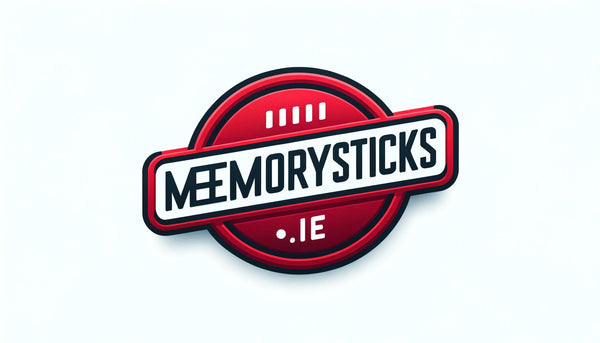Introduction
The Universal Serial Bus (USB) has been a cornerstone of digital connectivity since its inception in the mid-1990s. Over the years, we've witnessed its evolution from USB-A to the sleeker, more versatile USB-C. This transition has significant implications for one of the most ubiquitous storage devices: the USB-A flash drive. But what does the future hold for these handy gadgets in a world increasingly dominated by USB-C?
The Enduring Popularity of USB-A Flash Drives
Despite the relentless march of technology, USB-A flash drives continue to enjoy widespread popularity. Their compatibility with a vast array of devices, from ageing desktops to modern laptops, ensures their place in our digital toolkit. Moreover, their affordability and ease of use make them an attractive choice for quick data transfers and backups. But as the tide turns towards USB-C, how long can these stalwarts hold their ground?
The Rise of USB-C: A New Era for Connectivity
USB-C has been hailed as a game-changer in the world of connectivity. Its reversible design, faster data transfer rates, and higher power delivery capabilities have set a new standard. As more devices adopt this technology, the convenience and efficiency of USB-C become increasingly apparent. But does this spell the end for USB-A flash drives?
Challenges Faced by USB-A Flash Drives in a USB-C Dominated World
The primary challenge for USB-A flash drives is the growing prevalence of devices with only USB-C ports. This shift creates a compatibility issue, as users need adapters or converters to connect their USB-A flash drives. This inconvenience could lead to a decline in their usage, as consumers may prefer the simplicity of USB-C flash drives.
Adapting to Change: Solutions and Alternatives
In response to this challenge, manufacturers have developed dual-interface flash drives, featuring both USB-A and USB-C connectors. These innovative devices offer a bridge between the old and new, ensuring compatibility with a wide range of devices. Additionally, adapters and converters provide a temporary solution, allowing users to continue using their USB-A flash drives with USB-C devices.
The Future Outlook for USB-A Flash Drives
While the rise of USB-C is undeniable, USB-A flash drives are likely to remain relevant for some time, especially in environments where legacy systems are still in use. Their eventual phasing out seems inevitable, but it's a transition that will occur gradually, giving users ample time to adapt.
Making the Right Choice: How to Decide Between USB-A and USB-C Flash Drives
When choosing between USB-A and USB-C flash drives, consider the devices you'll be using them with. If you're primarily dealing with older hardware, a USB-A flash drive might be more suitable. However, for those embracing newer technology, a USB-C flash drive offers greater convenience and future-proofing.
Exploring the Horizon: Innovations in USB Technology
The future of USB technology is brimming with possibilities. From even faster data transfer rates to enhanced power delivery, the next generation of USB could revolutionize the way we store and transfer data. These innovations will undoubtedly shape the future of flash drives, ensuring they remain an essential part of our digital lives.
Navigating the Transition: Practical Advice for Consumers
For those navigating the shift from USB-A to USB-C, it's important to invest in versatile storage solutions. Dual-interface flash drives and adapters can ease the transition, ensuring compatibility with a wide range of devices. Additionally, keeping an eye on emerging technologies will help you stay ahead of the curve.
Final Thoughts: Embracing the USB-C Revolution
The transition to USB-C is part of the natural evolution of technology. While it may pose challenges for USB-A flash drives, it also opens up new possibilities for faster, more efficient connectivity. By embracing this change, we can unlock the full potential of our digital devices.
Beyond the Drive: Exploring Alternatives to Traditional USB Storage
As we look to the future, it's worth considering alternatives to traditional USB storage, such as cloud storage and wireless transfer technologies. These options offer convenience and flexibility, challenging the dominance of physical flash drives. However, for those who value the security and tangibility of a physical device, USB flash drives, whether USB-A or USB-C, will continue to be a valuable tool.
Conclusion
The future of USB-A flash drives in a USB-C world is uncertain, but not bleak. As technology evolves, so too will our storage solutions. By adapting to change and exploring new innovations, we can ensure that our digital storage needs are met, regardless of the shape or size of the USB port.

